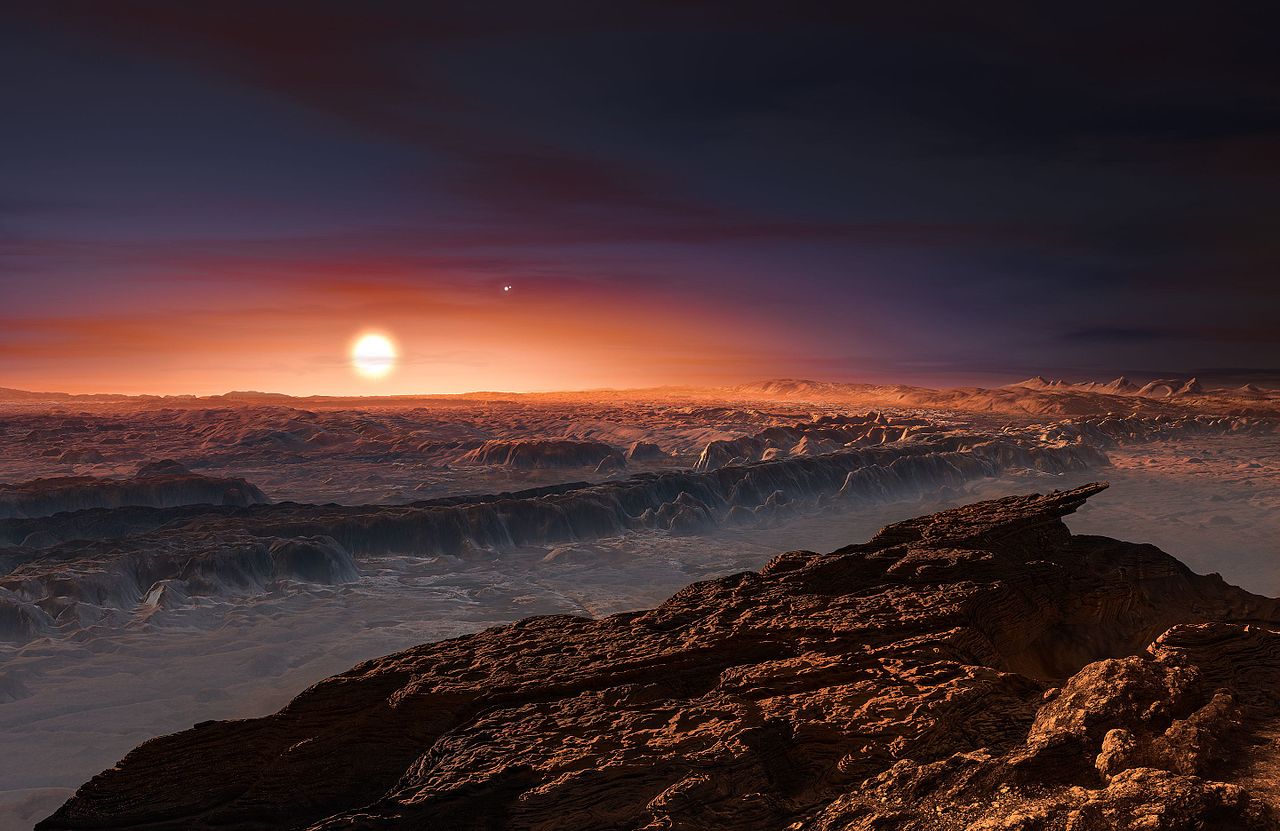Proxima Centauri b reality check
/
Proxima Centauri b: Very, very cool news, but not because it's a planet the size of Earth that's not too far away. What's really neat about this is that it's a planet that's orbiting a Red Dwarf. Red dwarfs are small and cooler than our sun, but they're the most common stars in the universe.
We now know that planets appear to be a pretty common feature around the universe, and this indicates that there could be unimaginable numbers of similar planets in existence. That's pretty exciting stuff right there: out of those numbers, there's going to be other Earth-sized planets right smack in the sweet spot where water can exist.
That's a pretty good starting point for assuming that there's life out there in the universe. Anyone who reads science fiction has probably assumed that we're not alone in the universe. When you consider the sheer number of stars out there, even a small fraction containing water-bearing planets would be an unimaginably high number. A small fraction of that containing life would be the same.
It's exciting news, but there's something interesting with how it's portrayed.
Here's a collection of headlines that have popped up throughout the day this week:
This Planet Just Outside Our Solar System Is 'Potentially Habitable' (NPR)
Discovery of potentially Earth-like planet Proxima b raises hopes for life (Guardian)
Possibly habitable planet found orbiting nearest star (CBS)
A planet orbits around the closest star to our Solar System — and it may be habitable (The Verge)
New neighbor: Scientists discover closest habitable exoplanet (Fox News)
You can see the common point in all of these: Proxima Centauri b does appear to be in the habitable zone of its host star, but that's not to say that Proxima Centauri b is Earth-like, habitable and ready for us to move in.What scientists discovered was a planet that appears to be about the size of Earth, in the habitable zone. But, there's a lot that actually makes a planet habitable. Venus is a planet that's almost exactly the same size as Earth. It's a bit too close to our sun, but it's the atmosphere that really makes it a nasty place to live. It's thick, has lots of pressure and acid. Every spacecraft we've dropped to the surface have melted in a matter of minutes. (We could live in the atmosphere, if we wanted to try some floating cities).
My friend Andria Schwortz pointed out that even if it's Earth-sized, it doesn't necessarily mean that it's a rocky planet like Earth: we literally only know the planet's mass and orbit. It could be a gas planet. It could be a rocky planet without an atmosphere. It could also be an Earth-like planet with an atmosphere and liquid water.
Atmospheres are important, because they help regulate temperatures on the surface, whether or not there's liquid water, and so forth. Earth-sized doesn't necessarily equal habitable for humans. There's a long distance from the right size all the way up to habitable. The atmosphere needs to be right (which means nitrogen, oxygen, carbon dioxide, etc), the right pressure, the right temperatures, and so forth.
Our environment is the product of billions of years of life and some external factors. There's also Earth's plate tectonics and its moon, which could have aided life. There's also Earth's magnetic field, which helps protect the surface from radiation from our Sun. Life is complicated. Our Moon and some of the outer planets are responsible from shielding Earth from devastating asteroid impacts. There were lots of points along the way that made our existence pretty spectacular. The sheer number of planets make the difficulty of life coming through certainly possible.
Also, we're probably not going to set people down here. It's four light years away, which means it would take just under two hundred thousand years to reach this system with our conventional technology, or about the same length of time humanity has existed. These are unimaginably large distances. If we can boost our way up to a sizable fraction of lightspeed, we're still talking about hundreds of years in transit.
